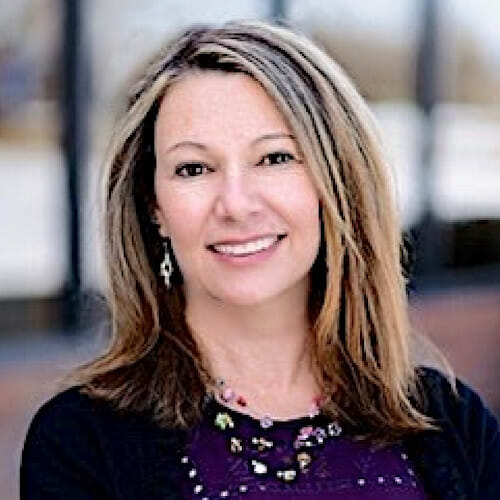
When their loved one moves into senior living, it can be one of the most taxing experiences for any family and requires a great deal of trust in the community’s staff members to ensure that the needs of the older adult are well met.
That trust is the currency of senior living, yet it often is unknowingly compromised by simple communication gaps. In fact, 80% of legal issues begin in the first 14 days of care, and they mostly boil down to a lack of expectation-setting or poor communication.
This is rarely a conscious decision. Rather, it is an antiquated, siloed and complex system that creates unnecessary obstacles and makes it difficult to consistently communicate about the care of our older adults.
Senior living communities are reimagining ways to improve efficiencies. The industry itself is undergoing a massive generational and digital transformation, and some forward-thinkers are capturing the opportunity to differentiate and take the senior living experience to the next level.
Connecting siloed ecosystems
Care should be everywhere.
As ambient technologies continue to develop, there’s no reason that they shouldn’t find their way into senior living to coincide with ambient care. Just as Amazon makes life easier by telling Alexa to turn off lights, answer the door or tell us tomorrow’s weather, older adults stand to benefit from the same efficiencies when the technology is embedded into their daily lives and offers information and access at their fingertips.
Alexa devices come in many forms to provide information in an instant. Alexa Smart Properties in senior living not only elevates residents’ quality of life in their communities by enabling them to be more independent, empowered and connected; they also streamline workflows to help communities save time and money.
The devices will be part of the backbone of senior living, allowing for a closed network that encourages residents to self-serve and be independent longer. Communities will be able to push information and content out in an instant to help residents be more social, less isolated and more active in their care.
It’s a connector for the entire ecosystem so that independent living and other residents receive notifications, updates and answers to questions when they need them. The distance and communication gap narrows and in turn unifies the entire senior living landscape into one space.
Technology benefits
A range of potential uses exists for voice assistant technology in senior living.
For one, voice communication is the easiest, most organic way of interacting with others. Most older adults would prefer to talk rather than type, text or click. For them, this makes the technology seem familiar, intuitive and comfortable to engage with. It also may be easier for older adults to speak a request due to any dexterity issues or vision impairment. The benefit of a voice interface is that it’s easier than dialing a phone or reading a printed handout.
When it comes to the staff members, incorporating an enhanced, real-time communication method provides myriad benefits. For executive directors, the technology is a staff multiplier, allowing for more productivity and better collaboration across care teams, so staff members can lessen the need to translate information and can get back to doing what they do best: delivering an optimal level of care and service.
Whether it’s reducing loneliness, reminding residents about daily schedules or appointments or hearing menu options, voice technologies bring the world to older adults without them having to use a computer, make a phone call or hunt down a staff member.
Looking to the future: ‘Smart’ caregiving
We currently are experiencing a massive generational transformation, a groundswell of older adults who by the year 2050 will be 65 or older and almost 20% of the country’s population, compared with 15% today. This will bring out an estimated 40 million additional people relying on Medicare, using the healthcare system and seeking senior living.
This group will not have saved adequately, and fixed income will not be enough. Today, less than 50% of people have $50,000 in savings for retirement, and 11,000 people are turning 65 every day with 70% needing some area of care. This will put huge pressure on the 39 million US adults who coordinate care services for someone age 65 or older, according to a 2020 report by AARP.
The pandemic accelerated the massive digital transformation in senior living that was just beginning to get started, and it put a giant spotlight on the need for new innovations. New executives aged 30 to 40 are stepping in as digital natives, asking, “Where is the technology?” What’s clear is that the systems are simply antiquated and designed for the state of the world 50 years ago, not today.
The senior living industry is playing catch up to other tech industries, but those digital natives are pioneering new ways to be as tech efficient as possible in advancing and improving senior care.
The retirement age is extending, healthcare needs are changing, and senior living is getting “smarter,” with convenience and collaborative communication at the forefront.
Katherine Wells is CEO of Serenity Engage, a communication platform for senior living, hospice and home care that streamlines communication.
The opinions expressed in each McKnight’s Senior Living marketplace column are those of the author and are not necessarily those of McKnight’s Senior Living.
Have a column idea? See our submission guidelines here.




